 Thanks to technological advances, renewable energy sources (RES) are becoming increasingly accessible and affordable for the industry. In Poland, a total of 357,093 RES installations will be installed in 2022, of which 356,966 are photovoltaic installations. With the increasing demand for energy and the rising cost of fossil fuels, more and more countries are choosing to invest in RES. Renewable energy is not only an environmental issue. It is also an opportunity for economic development and energy independence.
Thanks to technological advances, renewable energy sources (RES) are becoming increasingly accessible and affordable for the industry. In Poland, a total of 357,093 RES installations will be installed in 2022, of which 356,966 are photovoltaic installations. With the increasing demand for energy and the rising cost of fossil fuels, more and more countries are choosing to invest in RES. Renewable energy is not only an environmental issue. It is also an opportunity for economic development and energy independence.
Renewable Energy Market in Poland
In Poland, the RES market is one of the fastest growing sectors. In the context of the move away from the use of fossil fuels in industry, RES represent an alternative to traditional energy sources. RES in Europe are already able to deliver around 60% of the greenhouse gas emission reductions that will be needed to meet the net-zero target by 2050.
Planned Changes and Challenges
 In Poland, the government plans to increase the share of RES in the energy mix to 23.5% in 2030. However, one of the most important challenges for RES is their variable performance, which depends on weather conditions. As the technology develops, more and more companies are investing in energy storage. It allows electricity to be stored for use at a later date.
In Poland, the government plans to increase the share of RES in the energy mix to 23.5% in 2030. However, one of the most important challenges for RES is their variable performance, which depends on weather conditions. As the technology develops, more and more companies are investing in energy storage. It allows electricity to be stored for use at a later date.
Key Role of RES for Climate Goals
In summary, RES are an alternative to traditional energy sources and their development is key to achieving climate goals. In Poland, the RES market is developing rapidly. The government plans to increase their share in the energy mix.


 The New Era of Energy Networks: What Will the Future Bring? Thanks to advances in technology, energy grids are becoming smarter and more sustainable. With the development of technologies such as automation and advanced metering systems, it is possible to optimise energy consumption, increase grid reliability and support renewable energy sources.
The New Era of Energy Networks: What Will the Future Bring? Thanks to advances in technology, energy grids are becoming smarter and more sustainable. With the development of technologies such as automation and advanced metering systems, it is possible to optimise energy consumption, increase grid reliability and support renewable energy sources.  Increased grid reliability: Smart grids use automation technologies to control the flow of energy in real time. This reduces energy consumption during peak periods and increases energy availability when you need it most.
Increased grid reliability: Smart grids use automation technologies to control the flow of energy in real time. This reduces energy consumption during peak periods and increases energy availability when you need it most.
 “It is important for universities, such as the Gdańsk University of Technology, and the industrial world to collaborate. We are signing this agreement at a crucial moment, as the COP28 conference in Dubai, dedicated to climate transformation, concludes today. We demonstrate that our global thinking also has a regional dimension – we want to act within the Baltic Sea area. Through the development of offshore, onshore, and new hydrogen technologies, we will create a new economic sector based on energy transformation and the development of technologies that counteract climate change,” commented Grzegorz Stanisławski.
“It is important for universities, such as the Gdańsk University of Technology, and the industrial world to collaborate. We are signing this agreement at a crucial moment, as the COP28 conference in Dubai, dedicated to climate transformation, concludes today. We demonstrate that our global thinking also has a regional dimension – we want to act within the Baltic Sea area. Through the development of offshore, onshore, and new hydrogen technologies, we will create a new economic sector based on energy transformation and the development of technologies that counteract climate change,” commented Grzegorz Stanisławski. 

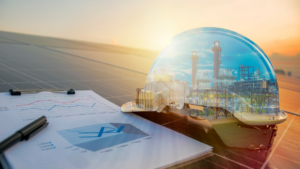 Hybrid systems, combining different energy storage technologies such as batteries, accumulators, electrolysers, fuel cells, compressed air or heat. Hybrid systems allow for increased efficiency and flexibility of energy storage, adapting to the changing nature of RES and consumer demand.
Hybrid systems, combining different energy storage technologies such as batteries, accumulators, electrolysers, fuel cells, compressed air or heat. Hybrid systems allow for increased efficiency and flexibility of energy storage, adapting to the changing nature of RES and consumer demand.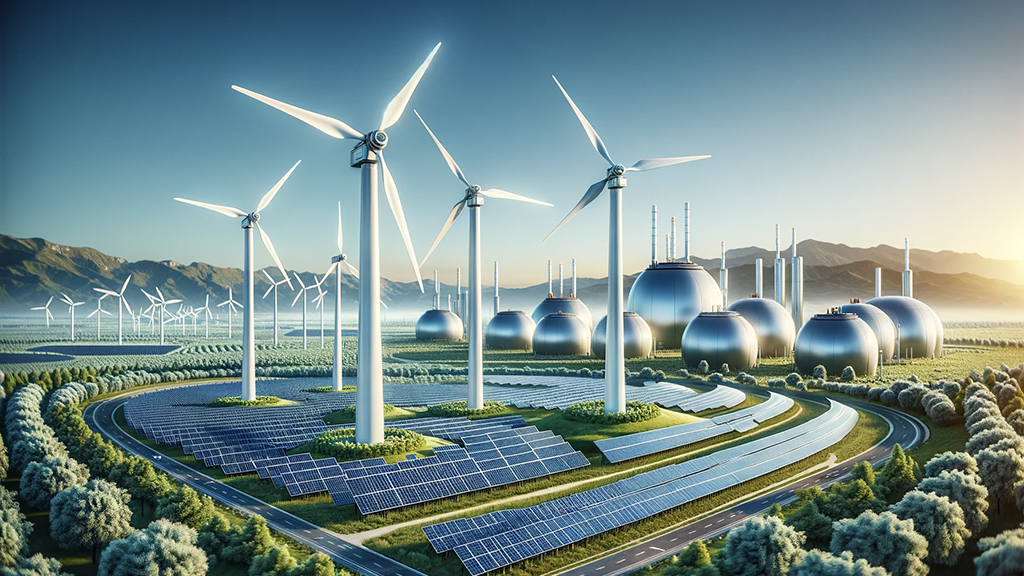
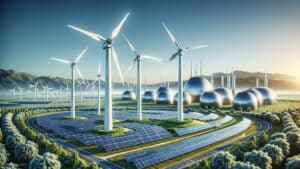 Instability of Renewable Energy Sources: A Challenge for the Polish Energy Market
Instability of Renewable Energy Sources: A Challenge for the Polish Energy Market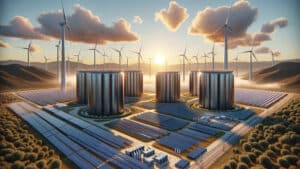 Towards a Zero-Emission Direction: Energy Storage as a Key to Success
Towards a Zero-Emission Direction: Energy Storage as a Key to Success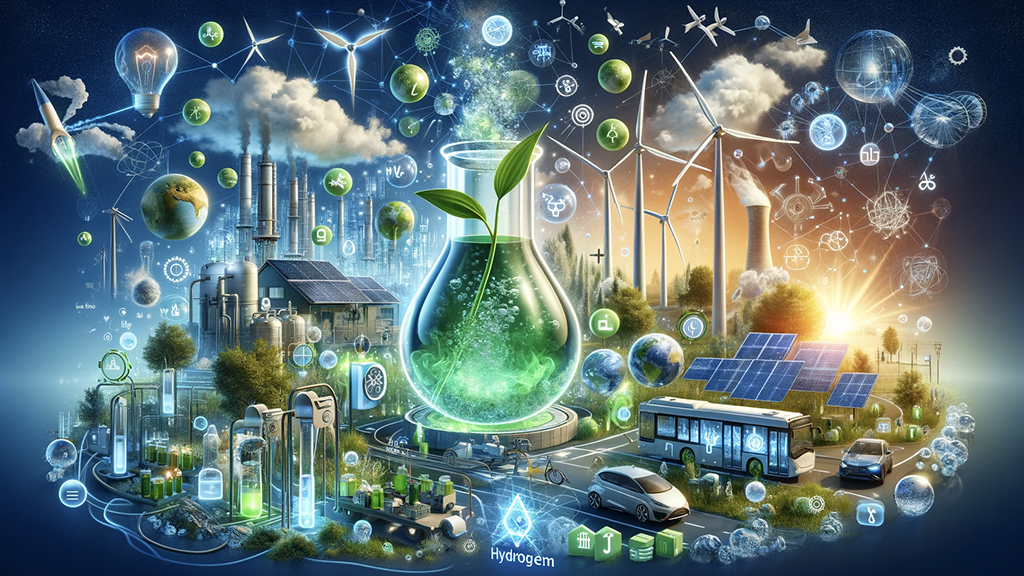


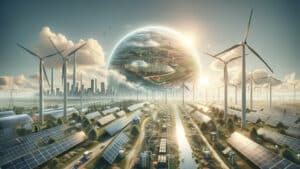 Have you ever wondered what the world will look like when we move away from fossil fuels? The answer lies in alternative energy systems. These innovations are not just the technology of the future, but above all, a response to today’s climate challenges. They are key to sustainable development and provide energy security for future generations.
Have you ever wondered what the world will look like when we move away from fossil fuels? The answer lies in alternative energy systems. These innovations are not just the technology of the future, but above all, a response to today’s climate challenges. They are key to sustainable development and provide energy security for future generations. Climate tech is more than just words. These are specific actions, products, and services that have a real impact on protecting our planet. It is a segment that is dynamically developing in response to the challenges of climate change. By focusing on innovation and sustainable technologies, we contribute to creating a better future for us and subsequent generations.
Climate tech is more than just words. These are specific actions, products, and services that have a real impact on protecting our planet. It is a segment that is dynamically developing in response to the challenges of climate change. By focusing on innovation and sustainable technologies, we contribute to creating a better future for us and subsequent generations.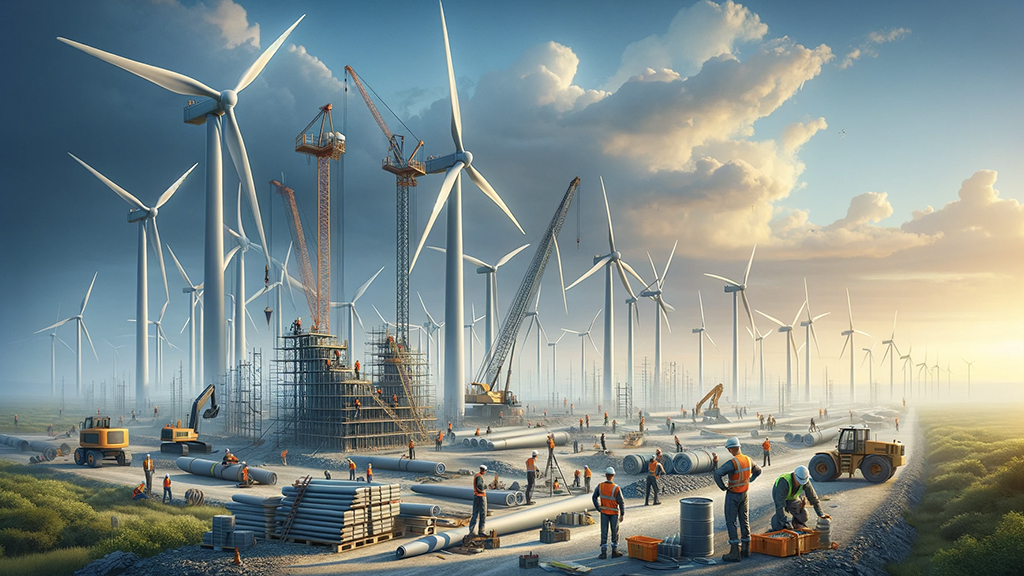
 Wind is one of the cleanest and cheapest sources of renewable energy (RES). In Poland, where more than 70% of electricity comes from coal, the development of wind farms can be a key step towards a green transition and reducing greenhouse gas emissions. Wind farms are clusters of wind turbines that harness the power of the wind to generate electricity. How big is the wind energy potential in Poland and what are the benefits of building wind farms?
Wind is one of the cleanest and cheapest sources of renewable energy (RES). In Poland, where more than 70% of electricity comes from coal, the development of wind farms can be a key step towards a green transition and reducing greenhouse gas emissions. Wind farms are clusters of wind turbines that harness the power of the wind to generate electricity. How big is the wind energy potential in Poland and what are the benefits of building wind farms?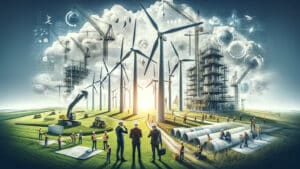 The construction of wind farms has many benefits for the economy, the environment and society. Firstly, wind farms are a source of cheap and stable energy that does not depend on fossil fuel prices. According to PWEA, the cost of generating energy from wind onshore is around 200 PLN/MWh and offshore around 300 PLN/MWh, while the cost of energy from coal is around 350 PLN/MWh. Secondly, wind farms contribute to the reduction of CO2 emissions and other pollutants that have a negative impact on human health and climate. According to PWEA, onshore wind farms avoided more than 14 million tonnes of CO2 emissions in 2019, equivalent to the annual emissions of more than 7 million passenger cars. Thirdly, wind farms create new jobs and income for local communities. According to PWEA, the wind energy sector employed more than 12,000 people in 2019 and could create more than 77,000 new jobs by 2030. In addition, wind farms pay local taxes and fees, which can be used for infrastructure development, education, culture and environmental protection.
The construction of wind farms has many benefits for the economy, the environment and society. Firstly, wind farms are a source of cheap and stable energy that does not depend on fossil fuel prices. According to PWEA, the cost of generating energy from wind onshore is around 200 PLN/MWh and offshore around 300 PLN/MWh, while the cost of energy from coal is around 350 PLN/MWh. Secondly, wind farms contribute to the reduction of CO2 emissions and other pollutants that have a negative impact on human health and climate. According to PWEA, onshore wind farms avoided more than 14 million tonnes of CO2 emissions in 2019, equivalent to the annual emissions of more than 7 million passenger cars. Thirdly, wind farms create new jobs and income for local communities. According to PWEA, the wind energy sector employed more than 12,000 people in 2019 and could create more than 77,000 new jobs by 2030. In addition, wind farms pay local taxes and fees, which can be used for infrastructure development, education, culture and environmental protection.



